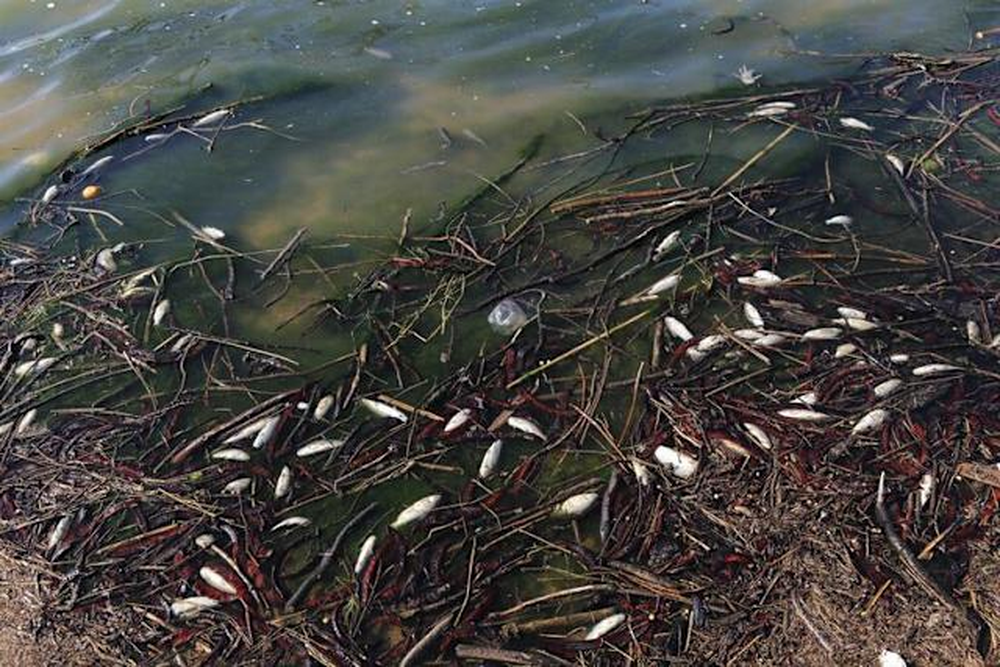Blood has appeared in a river in Buenos Aires, and residents are becoming increasingly concerned.

Authorities in Carmen de Areco, Buenos Aires province, are investigating the origin of this phenomenon, which has raised concerns about the contamination of the basin.
A strange reddish hue appeared in the waters of the Areco River in the town of Carmen de Areco, Buenos Aires , causing concern among residents. In response to this situation, Buenos Aires authorities began an investigation to identify the source of the contaminant and identify possible culprits. The incident has generated unrest in the community and revived long-standing fears about the environmental state of the basin.
The shocking images were captured on July 17 from the resort, where a trickle of red water flowed into the river. Environmental organizations alerted municipal and provincial authorities.
The investigation is currently ongoing, but experts and authorities suggest that the cause of this red color in the water is due to discharges from slaughterhouses and meatpacking plants, suggesting inadequate treatment of organic waste.
Exactly one year ago, the pollution of this basin came under renewed attention after four consecutive episodes of massive fish die-offs in a short period. In response, residents organized and founded an environmental group with which they initiated legal action against one of the largest meatpacking plants in the area: Bajo Cero SA.
Areco River

The complaint, prompted by a national investigation by the newspaper La Nación , led to a change in ownership of the company and the implementation of a system to treat its effluents.
In November 2024 and March 2025, researchers from Conicet (National Institute of Statistics and Census) and the University of San Martín conducted an analysis in eight sectors of the upper Areco River basin. They detected high nutrient concentrations, a result of excess organic matter in the water.
One of the most critical points was downstream of the ditch that carried bloody waste: 2,000 micrograms per liter of nitrite were measured there, a figure that far exceeds the maximum recommended level of 60 micrograms per liter to protect life in freshwater environments.
On the other hand, during the summer of 2024, a massive cyanobacteria bloom was recorded, which colored the river's surface with a phosphorescent green layer. This phenomenon occurred again, albeit with less intensity, the following summer.
Companies under investigation for contaminationAccording to the municipality, two companies dumped waste into the ditch from which the reddish water came: the Qué Rico poultry processing plant and the Indupagar SA meatpacking plant.
The municipal sewage treatment plant also has an outlet to this canal, although the municipal environment secretary, Cristian Mussio, assured that "there are no deviations in its usual processes."
The Buenos Aires Province Water Authority (ADA) confirmed that an investigation was launched following complaints from residents. Natalia Ferrante, the agency's chief of staff, noted that both companies have been participating in the provincial Gelfi (Liquid Effluent Management with Industrial Strengthening) program for at least a year and a half.
This program aims to assist industries in adapting their liquid handling systems by establishing specific technical criteria and deadlines. In addition, both plants undergo regular inspections by the ADA.
- Topics
- River
- Buenos Aires
- Pollution
losandes





